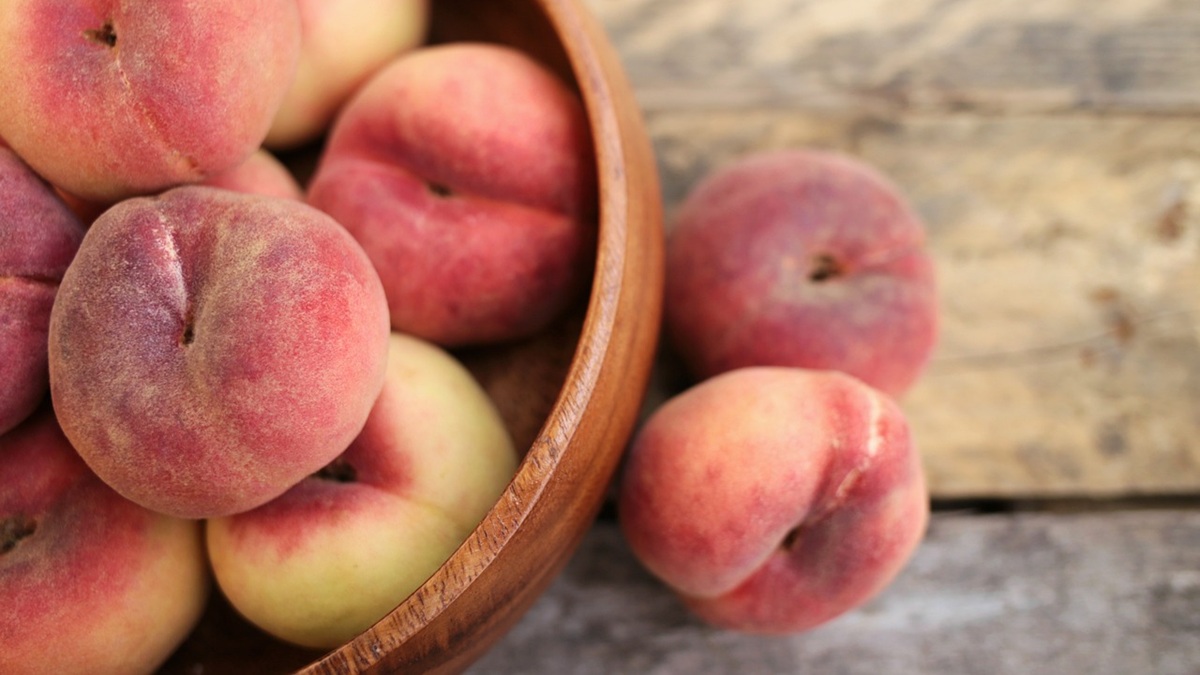Phytosanitaries
Green mould and blue mould, the great post-harvest enemies of citrus fruits
It is a very common infection which, if not controlled in time, can wreak real havoc on crops. In this article we show you how to recognise its symptoms and explain the solutions offered by Decco. Green mould (Penicillium digitatum): how does it affect fruit? The fungus Penicillium digitatum is responsible for green rot. It is the most common type of lesion in citrus fruits in postharvest, affecting their commercialisation to a great extent due to the appearance of very noticeable symptoms that detract a lot from the quality of the fruits and spoil their aesthetics:
24 June, 2021
It is a very common infection which, if not controlled in time, can wreak real havoc on crops. In this article we show you how to recognise its symptoms and explain the solutions offered by Decco. Green mould (Penicillium digitatum): how does it affect fruit?The fungus Penicillium digitatum is responsible for green rot. It is the most common type of lesion in citrus fruits in postharvest, affecting their commercialisation to a great extent due to the appearance of very noticeable symptoms that detract a lot from the quality of the fruits and spoil their aesthetics: - Development of a soft and watery area on the peel.- Appearance of a lesion, whitish at first, which with time takes on a greenish tone.- The tissues around the lesion become white and watery.- Occasionally, a white mycelium colonises and forms broad stripes.- Once the infection has developed, the sporulation is green in colour, creating a green powder, the fruit spoils, shrinks and mummifies. If the humidity is high, it falls to the ground.- The identification of the infection is simple because the fruit looks wet and, when pressed with the finger, it tends to sink. Conditions conducive to infectionFor this type of rot to occur, the following circumstances must be present: - The fruit must have lesions on the rind.- The fungus develops easily in environments with a temperature around 20ºC and high relative humidity.- The way this fungus attacks the fruit is as follows: the pathogen can remain on the skin for months without being able to cause damage. But once a wound is made in the rind and liquids are released, the fungus can start to develop by contact with them. When the fungus has settled on the fruit, its whitish hyphae begin to secrete an enzyme that breaks down the lignin in the rind, softening the tissues.- The main sources of infection are: spores from the soil, containers, air and the processing line.Blue mould (Penicillium italicum): symptoms and control methods Blue mould (Penicillium italicum): symptoms and control methodsPenicillium italicum or blue mould has similar symptoms and characteristics to green mould: it is also a very common pathogen that attacks mainly postharvest fruit, entering through small wounds or lesions on the rind. Penicillium italicum infection is slower to develop than Penicillium digitatum and develops more easily in warm temperatures (around 24ºC) and with high humidity levels, in citrus fruit preserved in cold storage it develops better than Penicillium digitatum. As far as blue mould symptoms are concerned, these are the most characteristic ones:- Pale yellow lesions, round in shape and with a white mycelial border.- Soft, watery spots.- Appearance of blue-green spores covering the affected areas. Preventive measures to avoid the development of Penicillium italicum- Handle the fruit with extreme care so as not to cause wounds or injuries.- Remove fruit showing symptoms in some pieces, or bruises, lesions or small wounds that may facilitate infection.- Store the fruit in well ventilated places, avoiding excessive humidity and high temperatures.- If the presence of fungi is detected in some pieces of fruit, they must be immediately removed, and all the equipment must be disinfected to avoid its propagation.












